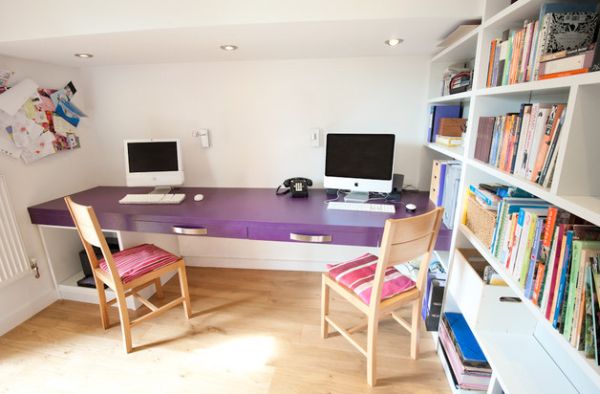There was a time when high-speed internet access was considered a luxury; today it’s a necessity. Even the most basic of websites have a ton of graphics and scripts running in the background so that you need high speed access just to keep up. But just having high-speed access isn’t enough, you also need to make sure that your service is optimized to give you the best possible performance.
Start with the highest speed that you can afford.
Not all high-speed internet packages are created equal. Depending on which service you choose, you could have speeds as slow as 10 mbps or as fast as 100 mbps. Fiber optic and cable tend to be faster than DSL or satellite, but it ultimately depends on what is available in your area.
For example, Frontier offers fiber optic and DSL service, but only in certain areas. You would need to go to frontierinternet.org to see if fiber optic is available in your area. If it’s not, then you would need to go with the next best option – DSL.
You don’t need to spend a lot of money on the most expensive service, but you want to make sure that the service you sign up for is able to meet your basic needs right out of the box. If you watch a lot of streaming video, will need much higher speed than if you just surf and check email now and then.
Make sure your wireless router is fast enough.
Having a fast internet connection is just the beginning. If you are planning to go wireless, you also need to make sure your wireless router is up to the task. Some providers have their own wireless internet routers, which should already be configured and optimized to work with their service. However, if you decide to buy your own router you need to make sure it has the 802.11n specification. If you get a router with an 802.11g or 802.11b specification it will still work but your connection will be much slower, no matter how fast your service is.
Put your wireless router in a central location.
Keeping your wireless router in a central location ensure that the signal is evenly distributed throughout your house. For example, if you have a three-story home, the router should be placed as closely as possible to the center of the house on the second floor. That way people on both the first and third floors will have clear access. If you keep the router on the first floor, the people on the third floor will have a weaker connection, and vice versa. If you have a really large home, you might need to install a repeater, or convert an older router into a repeater, to boost the signal throughout your home.
Protect your network.
Make sure that you set a strong Wi-Fi password, and that your encryption is set to WPA2. The more people that are on your network, the slower your network will be. If you don’t set a password, your neighbors could piggy-back on your service and slow you down. Plus, the last thing you want is to be paying for your neighbors to freeload on your internet services, especially if your service has bandwidth limits.
Protect your devices.
In addition to setting a password, you should also make sure that you have security software installed on any devices that access the internet. Spyware, viruses and other malicious applications can seriously slow down your internet connectivity, and some can even infect other devices on your network. Install a good antivirus or internet security package, make sure it’s set to automatically update its definitions, and schedule full scans to run on a regular basis.




